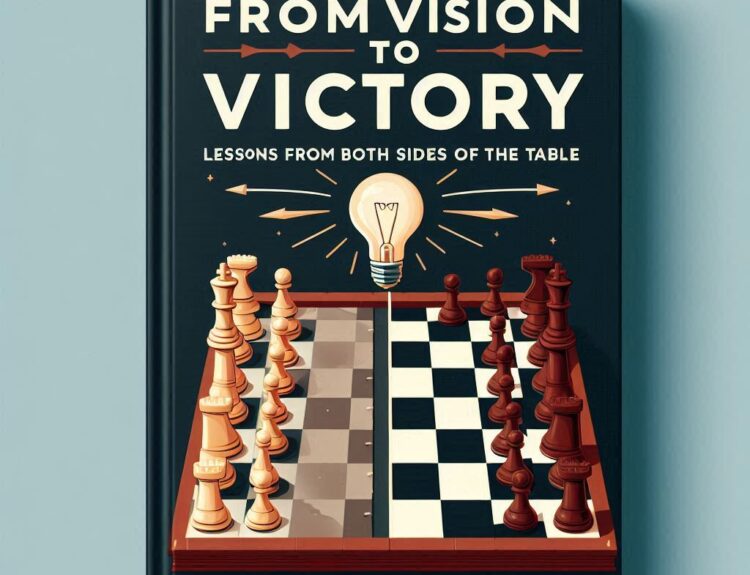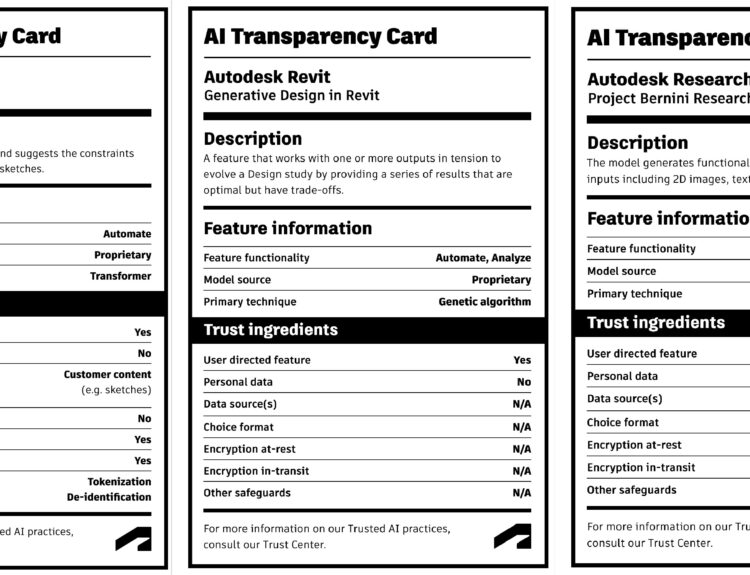In the fast-paced world of Architecture, Engineering, and Construction (AEC), having the right design software and CAD tools is more than a convenience—it’s a necessity. These digital assets are integral to project planning, execution, and even client presentations. However, they also represent a significant investment. This post aims to guide you through the process of assessing the value and Return on Investment (ROI) of your design software, while also considering the often-overlooked costs.
The Importance of an ROI Assessment
Understanding the ROI of your software tools serves multiple purposes:
1. Validates the cost of initial and ongoing investment
2. Enables objective comparison between different software options
3. Facilitates data-driven decisions for future software acquisitions
4. Highlights areas for potential improvement or optimization
Key Metrics for ROI Assessment
Direct Costs
The most straightforward metric is the direct cost, which includes:
– Initial purchase or licensing fee
– Ongoing subscription costs
– Maintenance and support fees
– Training and onboarding expenses
– Necessary hardware upgrades
Time Efficiency
Time saved, is money earned. Evaluate how the software impacts:
– Speed of design iterations
– Workflow efficiency
– Time spent on troubleshooting and revisions
– Collaboration among team or external clients.
Quality Enhancement
Though subjective, the quality of work is crucial. Superior software should:
– Minimize errors and revisions
– Increase client satisfaction
– Offer a competitive edge in bids and proposals
Revenue Impact
Some CAD tools offer features that can directly or indirectly boost revenue, such as:
– Advanced visualization for client pitches
– Simulation capabilities for design optimization
– Collaboration features for handling more projects simultaneously
Cost of Vendor Lock-in and Proprietary Formats & Cloud
Staying with a single vendor for an extended period can lead to:
– Limited flexibility in choosing or switching to new tools
– Potential for increased costs due to lack of competition
– Dependency on proprietary formats or a cloud service that may not be compatible with other tools
Annual Subscription Costs
While subscriptions offer the benefit of regular updates and support, they also entail:
– Recurring expenses that can add up over time
– Possible price hikes or changes in terms of service
– Dependency on the vendor’s continued support and updates
Calculating ROI
ROI = (Net profit / Cost of investment) x 100
Payback Period
Monthly or Annual Net Gain / Total Cost of Investment
Total Cost of Ownership (TCO)
TCO = Initial Costs + Ongoing Costs + Hidden Costs (Vendor Lock-in, Proprietary Formats, etc.)
User Feedback
Numerical metrics are valuable, but they don’t capture the full user experience. Case studies and user feedback can provide insights into ease of use, customer support quality, and other intangible benefits or drawbacks.
Conclusion
Assessing the ROI and hidden costs of your design software and CAD tools is a multifaceted exercise that goes beyond simple cost calculations. It requires a comprehensive look at how the software impacts your workflow, quality of work, and bottom line. By taking into account both the obvious and hidden costs—including vendor lock-in and annual subscriptions—you can make a more informed decision that aligns with your long-term business objectives.
Remember, the best software investment is one that not only fits your current needs, but also adapts and aligns to your future challenges and provides value. So, before making your next software purchase or renewal, consider all these factors to ensure you’re making a choice that offers real value.



